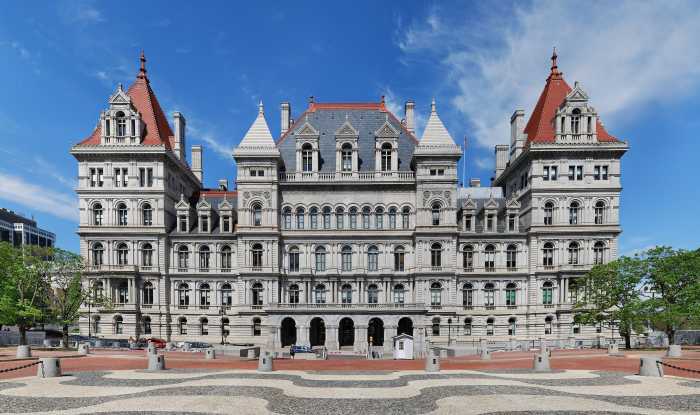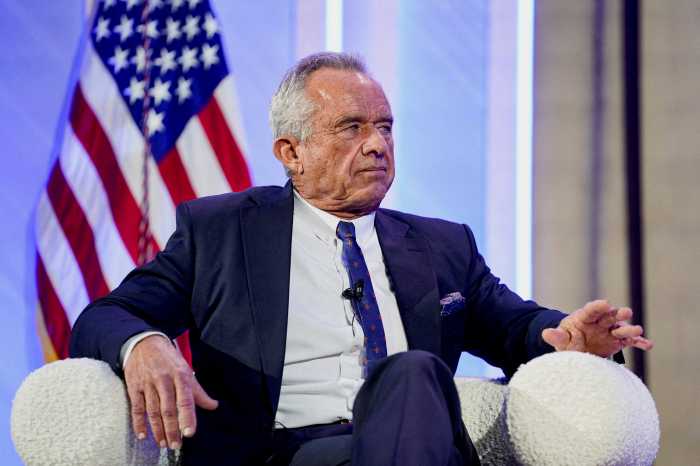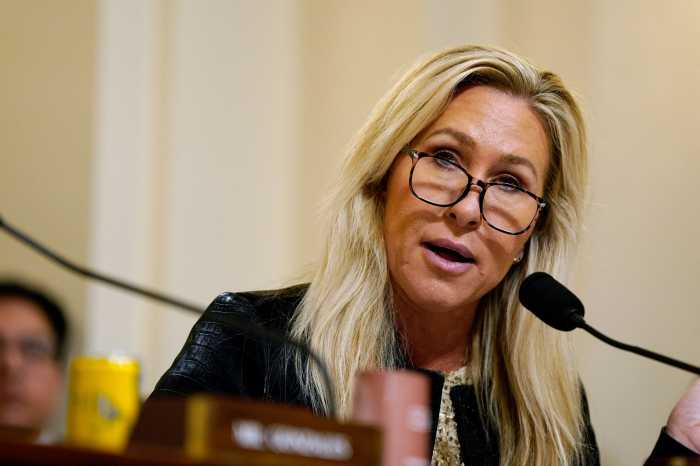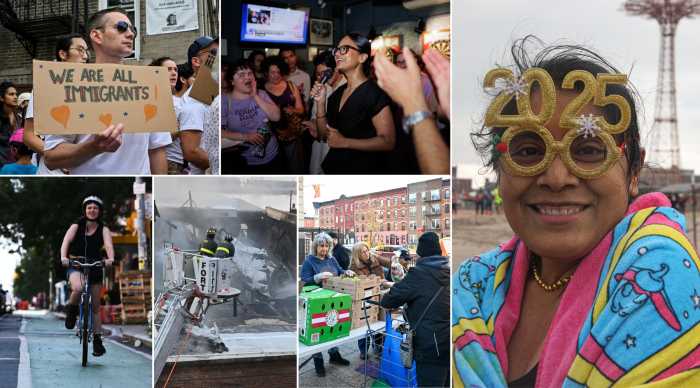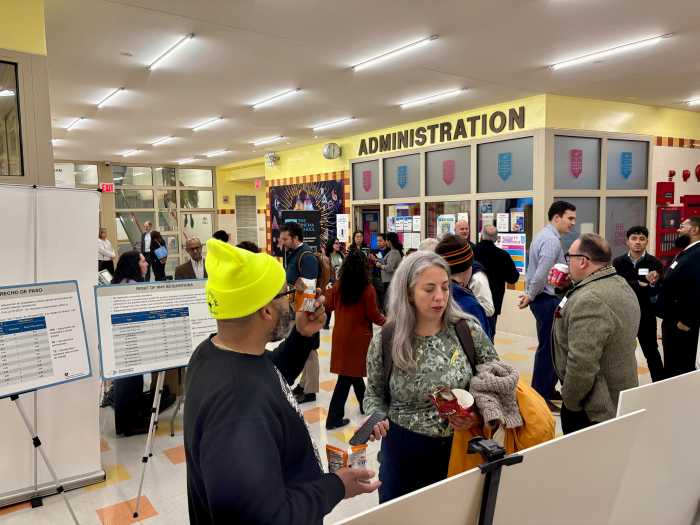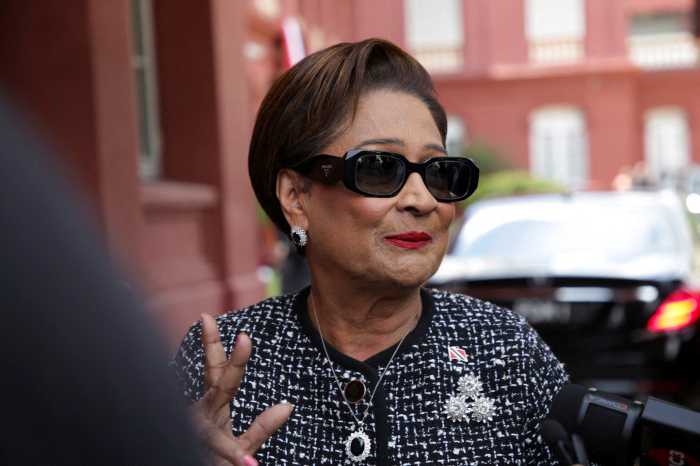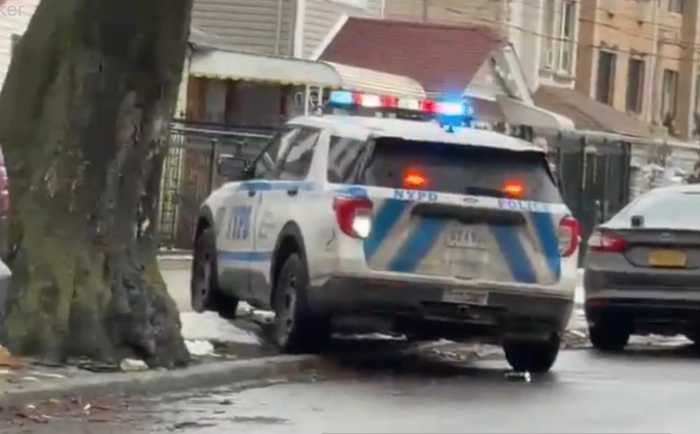As HIV/AIDS devastated New York City and other major cities across the United States in the 1980s and 1990s, one man decided to fight back.
Brent Nicholson Earle, now a 73-year-old gay man, was an actor at the time, but he became an HIV/AIDS activist. He raised money not only in New York City, but across the country and in some cities in Canada when he embarked on his historic year-long run around the US to bring attention to the HIV/AIDS crisis.
Earle is still fighting for the same cause. On Dec. 1 he will be taking to the streets for the 33rd annual Out of the Darkness March and Vigil — an event he has led for decades to remember friends, neighbors, and family members lost to HIV/AIDS.
The march and vigil kick off two days of events to honor those lost to the epidemic and to continue raising awareness for prevention, testing, and treatment today.
Not eradicated yet
Since 2018, new HIV transmissions have dropped 12% from 36,300 to an estimated 31,800, according to HIV.gov. However, the highest rates of new infections are occurring in the South and among gay, bisexual, and other men who have sex with men. Racial disparities have persisted, too: In 2022, Black people made up 37% of new HIV infections despite representing 12% of the population, while white people represented 61% of the population and 24% of new infections.
According to HIV.gov, approximately 1.2 million people in the United States have HIV, but approximately 13% of HIV-positive people are unaware of their status.
This year’s Out of the Darkness March and Vigil theme is “Building Community.” In an interview with Gay City News, Earle emphasized the theme and said building community is more urgent and necessary than ever in light o the grief and anxiety many people are feeling following the results of the Nov. 5 election.
“We have this shadow of authoritarianism casting a terrible appall over our country,” Earle said. “It’s more important than ever for people of conscience to remain diligent and vigilant. We have to be ready for whatever’s coming.”
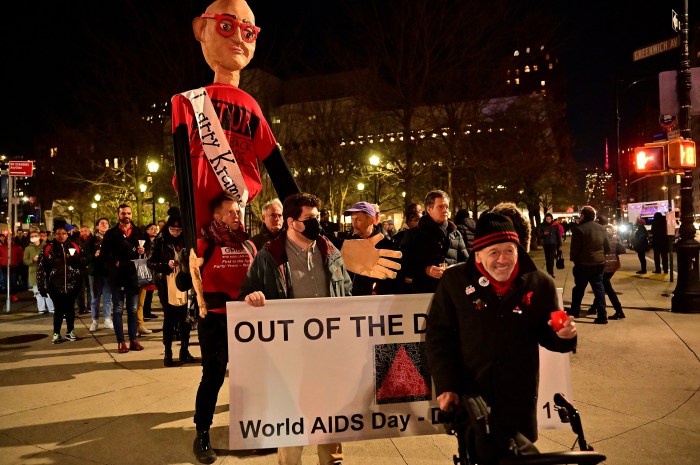
Dave Harper, executive director of the NYC AIDS Memorial, one of the march and vigil’s partners, agreed. Harper noted that World AIDS Day is a good day to remind everyone of the importance of community and that “it was the catalyst for all the change that happened within the epidemic.”
“I think more than ever, community becomes important,” said Harper. “Our community has taken care of each other for the last 40-plus years in relation to HIV/AIDS and taken care of each other for as long as we’ve had each other, especially those on the margins. I think we’ll continue to come together as a community to take care of one another.”
“No matter what happens, we still have each other,” he said.
Dark times
Earle dedicated more than four decades of his life to fighting HIV/AIDS and raising awareness for the cause, starting with running marathons to support GMHC and Housing Works before circling the US on a nearly 10,000 mile run for HIV/AIDS.
Earle’s historic long-distance campaign run for HIV/AIDS in 1986-87, known as The American Run for the End of AIDS (A.R.E.A.), was turned into a 2021 documentary, “For the Love of Friends,” which aired on PBS.
A year after his run, the World Health Organization declared Dec. 1 as World AIDS Day to raise awareness of the public health epidemic.
In 1990, after a multi-year campaign led by GLAAD, the Empire State Building started lighting up in lavender for Pride Weekend, according to NYC LGBT Historic Sites Project. Later, it changed to the colors of the Rainbow Flag. In 2008, the Empire State Building started lighting up on World AIDS Day in red to honor HIV/AIDS. However, in the 1980s, the building went dark on Dec. 1.
“For those first few years, there really wasn’t any way for the public to participate,” Earle recalled. He said the only way to participate was at high-end fundraisers, such as the Encore Benefit (today known as, Broadway Cares/Equity Fights AIDS), or activism on the streets with ACT-UP. “The Empire State Building would go dark for 15 minutes. That’s how I came up with the notion of doing Out of the Darkness.”
In 1992, Earle said, “We lit our candles at the moment that the lights started going out” at the Empire State Building and marched from Madison Square to Washington Square.
At the vigil’s peak, more than 1,000 marchers lit their candles and took to the streets of New York City, Earle told Gay City News. In the 1990s, he partnered with activists protesting then-New York City Mayor Rudy Giuliani. Giuliani was fighting against Housing Works.
“Rudy Giuliani was just a nightmare,” Earle said. “He was trying to shut down Housing Works.”
Housing Works won its battle against Giuliani, the New York Times reported.
Earle took marchers on the cold, long trek to meet protesters at City Hall for a 24-hour vigil that included the reading of names of those who died of AIDS. The march and vigil changed routes several times over the years until it settled on its current route and location a decade ago. Today, Out of the Darkness has an estimated 15 volunteers and works in conjunction with partners, such as the New York City AIDS Memorial. While the crowds are not nearly the size they once were, an estimated 100 people, he said, continue to show up to remember those who lost their lives to AIDS.
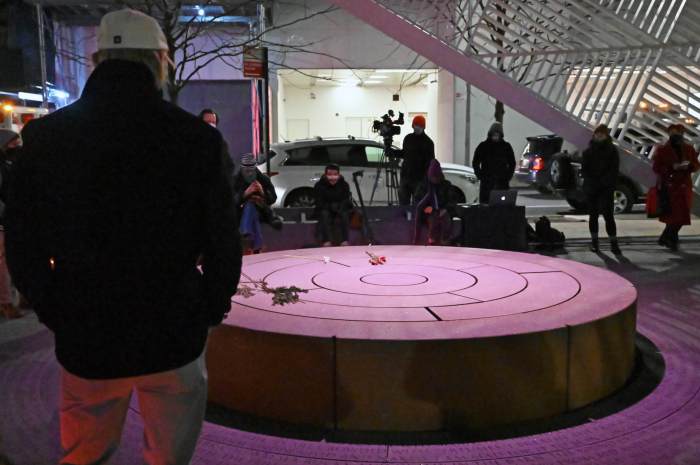
Earle will also march. He isn’t letting his health stop him from marching, even in an electric wheelchair.
“It’s still important, not just for remembrance and memorializing,” he said. “It’s important too in terms of solidarity.”
Harper praised Earle for creating a tradition to remember those lost to HIV/AIDS.
“Brent is an exemplary activist whose spirit of community and caring just warrants a celebration of his work,” Harper said. “I think it’s important that we gather each World AIDS Day to remember and reflect on what the community has been through,” he said.
Bringing light to darkness
Out of the Darkness begins at 6 p.m. on Dec. 1 at the New York City AIDS Memorial at Greenwich Avenue and West 12th Street. The candlelight vigil marches to St. John’s Lutheran Church at 81 Christopher Street. Community members will reflect on those who were lost to AIDS at the Time for Reflection and Reading of the Names at 6:30 p.m. followed by the World AIDS Day gathering at 7 p.m. at the church.
The NYC AIDS Memorial will continue to honor people who died of AIDS and those who are living with HIV on Dec. 2 with a Reading of Names of New Yorkers Lost to AIDS in partnership with Housing Works 10 a.m. to 6 p.m. and Queer Soup Night Chefs World AIDS Day with Liz Alpern (Gefilteria/Queer Soup Night), Phoebe Tran (Bé Bếp), Surbhi Sahni (TAGMO), and Eric See (Ursula) at the NYC AIDS Memorial from 11 a.m. to 1 p.m.
For a list of other World AIDS Day events happening in New York City, click here.



